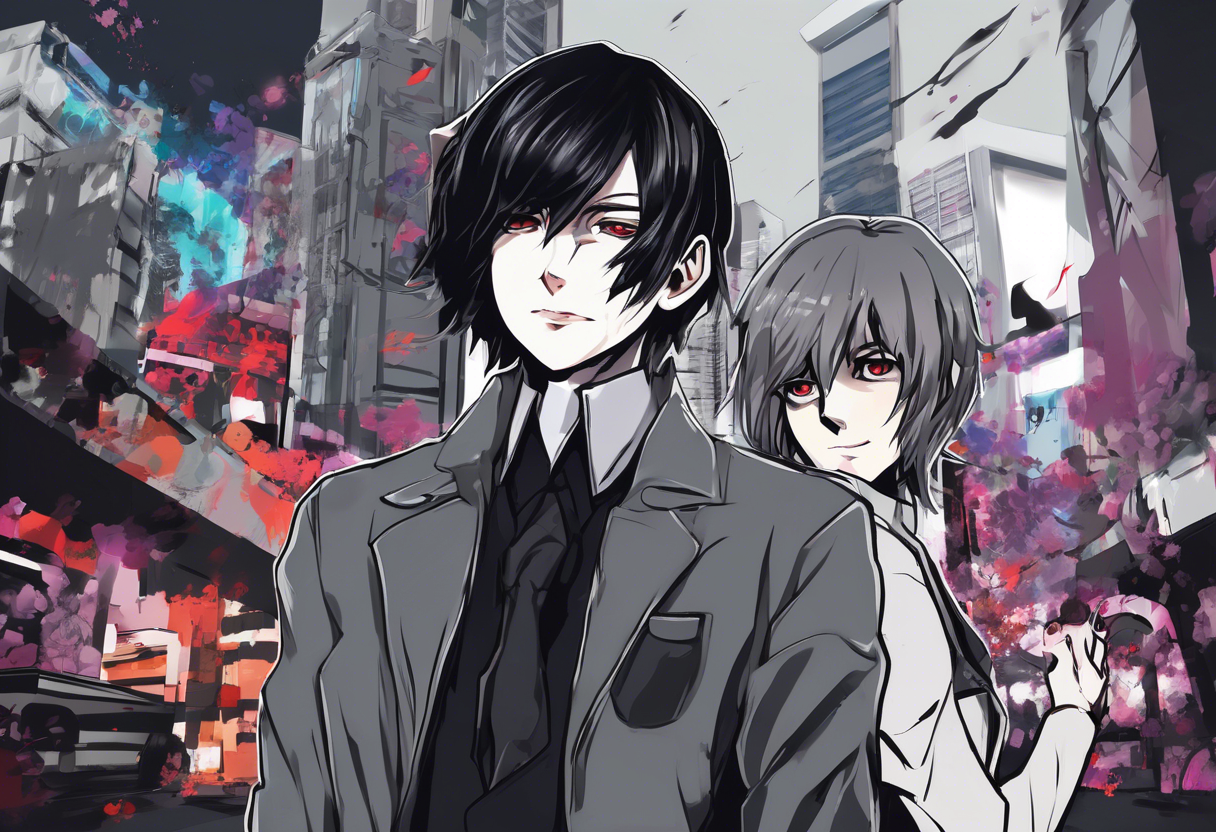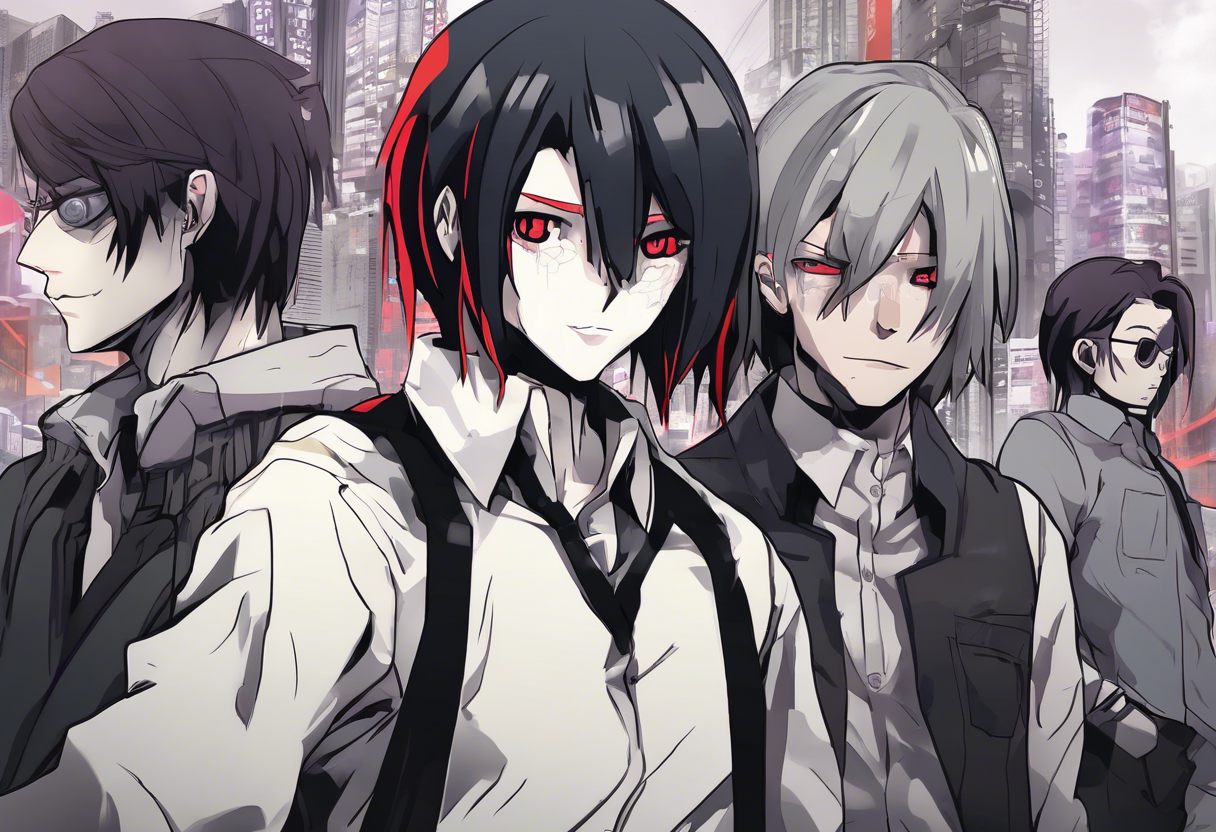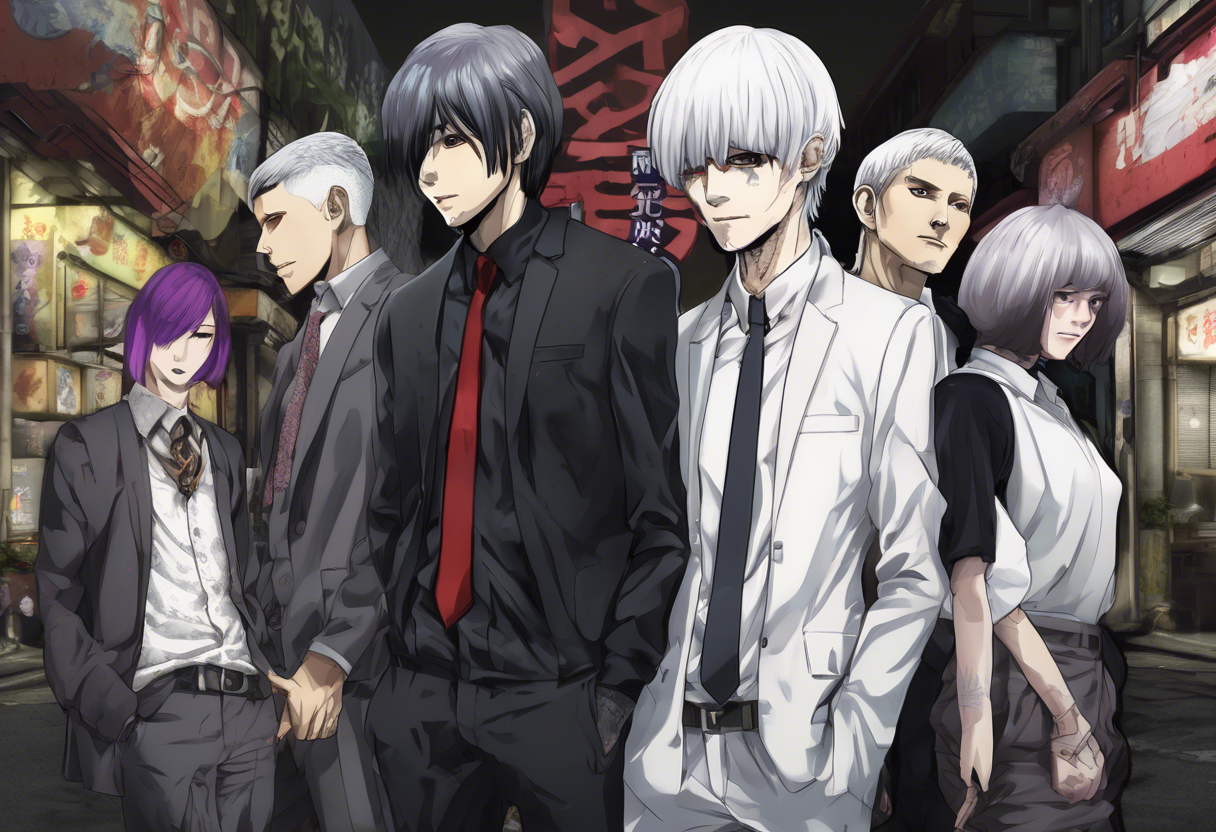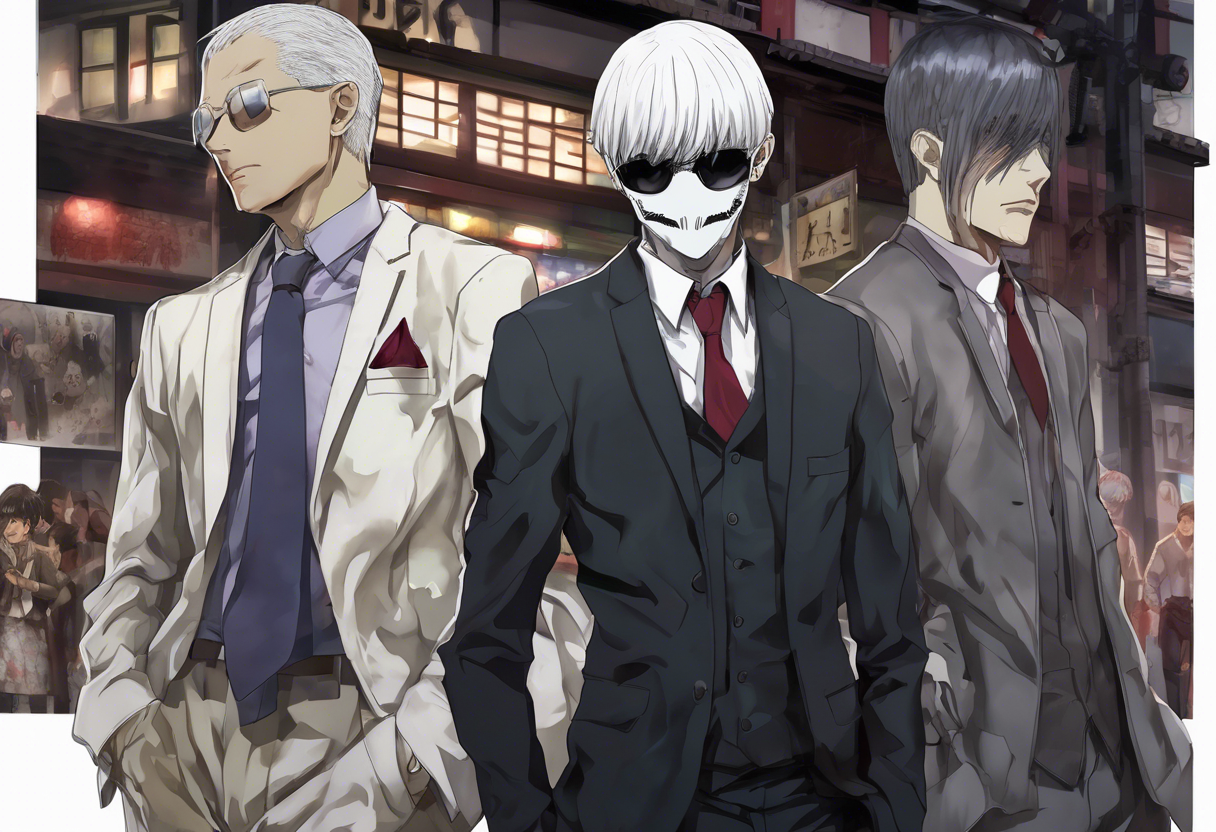Contents
Introduction
Tokyo Ghoul √A – Episode 20, titled "Old Nines," is a pivotal installment in the second season of the anime series Tokyo Ghoul, based on the manga by Sui Ishida. This episode, directed by Shuhei Morita and written by Chūji Mikasano, was first aired in 2015 as part of the anime’s second season. The production team, including Pierrot as the animation studio and Funimation handling the English dub, brought to life a narrative that delves deep into the complexities of the Tokyo Ghoul universe.
"Old Nines" stands out within its genre for its intense emotional depth, intricate character development, and the way it weaves together multiple narrative arcs. The episode is notable for its dramatic shift in tone, transitioning from moments of introspection and nostalgia to scenes of intense action and tragedy. This balance makes it a compelling watch, both for fans of the series and newcomers alike.
Plot Summary
The episode begins with Ken Kaneki visiting Yoshimura at Anteiku, a coffee shop that serves as a haven for ghouls. Kaneki is seeking information about the One-Eyed Owl, a mysterious and powerful ghoul figure. Yoshimura, in response, shares a tragic tale about a young ghoul named Kuzen, whose life was forever changed after meeting a human named Ukina [2][3].
This flashback narrative serves as a backdrop to explore themes of identity, acceptance, and the blurred lines between humans and ghouls. Kuzen’s story is one of loss and transformation, highlighting the struggles ghouls face in a world where they are hunted and feared. Through Kuzen’s journey, the episode underscores the emotional toll of living in hiding and the desperate search for connection and belonging.
Meanwhile, in the present, the 20th Ward is on the brink of chaos. The Commission of Counter Ghoul (CCG) has launched a full-scale assault on Anteiku, driven by their mission to eradicate ghouls. The battle is intense, with both sides suffering heavy losses. Hide, Kaneki’s friend and confidant, is mortally wounded during the fight, and his revelation that he knew Kaneki was a ghoul after Nishiki’s attack adds a poignant layer to their relationship [4].
As the battle rages on, Touka Kirishima, another key character, is torn between her desire to protect Kaneki and her duty to follow Yoshimura’s last request to be protected by Yomo. This internal conflict reflects the broader theme of loyalty and sacrifice that permeates the episode.
Kaneki, carrying Hide’s body, walks towards the CCG forces, determined to confront Kishou Arima, one of the CCG’s most formidable agents. The confrontation is emotionally charged, with Kaneki’s actions driven by grief and a sense of responsibility towards his friends. The outcome of this battle is left uncertain, with Kaneki, Hide, and Amon disappearing, leaving only Arima unharmed [4].
The episode concludes with a sense of resolution and new beginnings. Touka is shown opening a new café, symbolizing a return to normalcy and a hope for the future despite the trauma and loss experienced. This ending scene underscores the resilience of the characters and their ability to find ways to move forward even in the face of adversity.
Themes and Symbolism
"Old Nines" is rich in thematic depth, exploring several key themes that are central to the Tokyo Ghoul series. One of the most prominent themes is the struggle for identity and acceptance. Through Kuzen’s story and Kaneki’s experiences, the episode highlights the difficulties ghouls face in a society that fears and rejects them. This theme is symbolized by the One-Eyed Owl, a figure that represents both the power and the isolation of being a ghoul.
The episode also delves into the theme of sacrifice and loyalty. Characters like Yoshimura, Yomo, and Touka make significant sacrifices to protect those they care about, illustrating the strong bonds within the ghoul community. Hide’s final moments with Kaneki serve as a powerful example of this theme, showing how deep friendships can transcend even the boundaries of life and death.
Symbolism plays a crucial role in the narrative, particularly through the use of Anteiku as a symbol of community and safety. The destruction of Anteiku represents the fragility of these safe spaces and the constant threat ghouls face. The coffee shop, once a haven, becomes a battleground, symbolizing the invasion of personal spaces by external forces.
Cultural Impact
"Old Nines" had a significant impact on the anime community upon its release. The episode’s emotional intensity and dramatic plot twists resonated strongly with fans, who praised the series for its bold storytelling and character development. The episode’s influence can be seen in various fan art, cosplay, and fan fiction, reflecting its lasting impact on popular culture.
The episode also contributed to the broader cultural significance of Tokyo Ghoul as a series. It helped solidify the series’ reputation for exploring complex themes and emotional narratives, making it a staple in the anime genre.
Critical Reception
Critically, "Old Nines" was well-received for its emotional depth and the way it handled the characters’ arcs. Reviewers praised the episode for its intense action sequences and the dramatic weight of its plot developments. However, some critics noted that the pacing could be uneven at times, and the episode’s reliance on flashbacks might confuse new viewers.
Despite these minor criticisms, the episode was generally lauded for its storytelling and character development. Fans and critics alike appreciated the way it balanced action, drama, and emotional introspection, making it a standout episode in the series.
Legacy
"Old Nines" continues to be remembered as one of the most impactful episodes of Tokyo Ghoul √A. Its influence can be seen in subsequent anime series that explore similar themes of identity, community, and the struggle between different societal groups.
The episode’s emotional resonance and narrative complexity have made it a favorite among fans, who continue to discuss and analyze its themes and characters. It serves as a testament to the enduring power of anime to tell compelling, emotionally charged stories that resonate with audiences worldwide.
References
- https://tokyoghoul.fandom.com/wiki/Episode_20
- https://otakubishounen.wordpress.com/2015/02/27/tokyo-ghoul-%E2%88%9Aa-ep-8-old-nines-summary/
- https://www.bubbleblabber.com/2015/04/review-tokyo-ghoul-%E2%88%9Aa-old-nines/
- https://en.wikipedia.org/wiki/Tokyo_Ghoul_%E2%88%9AA
- https://www.youtube.com/watch?v=HfXLj-dDiPA







